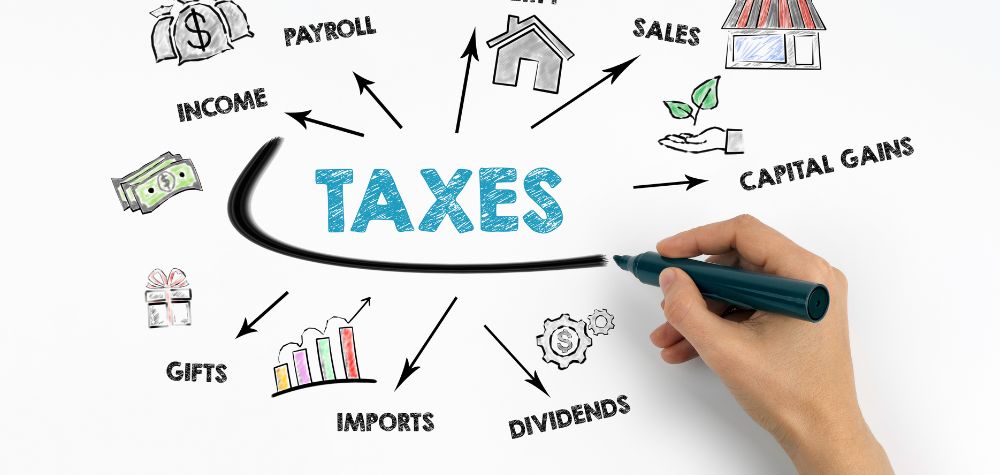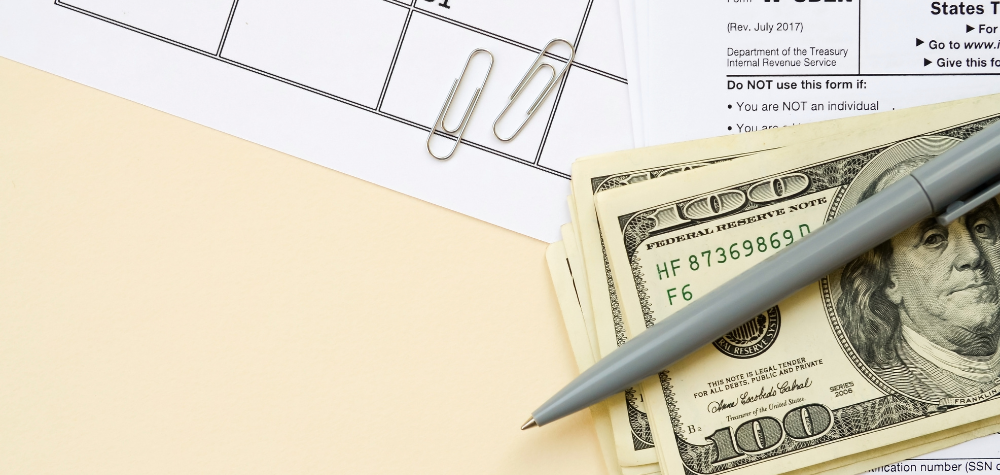
If you’ve made a major investment in the last financial year, any income made from it will need to be included on your tax return.
Any income earned from investments and asses must be declared in your tax return. This may include amounts from interest, dividends, rental income, managed investment trust credits, crypto assets and capital gains. Whether you receive it directly or via distributions for a partnership or a trust, this income needs to be declared.
If you, for example, hold the assets that earn the investment income jointly (with another person), it is assumed that the asset’s income is divided equally between you, unless it can be proven that the asset is held in unequal proportions.
Six items must be declared in your tax return as income this financial year, including the following:
Interest Income
Interest income includes:
- interest you earn from financial institution accounts and term deposits
- interest you earn from any other source, including penalty interest you receive on an investment
- interest you earn from children’s savings accounts if you
- open or operate an account for a child and the funds in the account belong to you
- spent or use the funds in the account
- interest we pay or credit to you – for example, interest on early payments, interest on overpayments and delayed refunds
- ife insurance bonuses (you may be entitled to a tax offset equal to 30% of any bonus amounts you include in your income)
- interest from foreign sources (you can claim a foreign income tax offset for any tax paid on this income).
Dividends
Dividend income may come from a:
- listed investment company,
- public trading trust,
- corporate unit trust, or a
- corporate limited partnership (in the form of a distribution).
Some dividends may have imputations or franking credits attached. The franked amount and the franking credit must be declared if you receive franking credits on your dividends. If a company pays or credits you with dividends that have been franked, you’ll generally claim a franking tax offset.
Rental Property Income
You must declare the full (gross) amount of any rent and rent-related payments you receive. This includes amounts you receive from overseas properties. You must work out and declare the monetary value if you receive goods and services instead of rent.
It’s best to consult with a tax adviser to avoid making mistakes involving rental property. This is usually a major red flag area for the ATO, so don’t hesitate to ask for help to avoid compliance issues or declaring for things you shouldn’t.
Managed Investment Trusts
You must show any income or credits you receive from any trust investment product in your tax return. This includes income or credits from a:
- cash management trust
- money market trust
- mortgage trust
- unit trust
- managed fund – such as a property trust, share trust, equity trust, growth trust, imputation trust or balanced trust.
Crypto Asset Income
You must declare rewards received for staking crypto assets (often in the form of additional tokens from holding the original tokens. The money value of the additional tokens needs to be calculated and then converted into Australian dollars at the time they were received. These are reported in ‘other income’ in the tax return.
If you receive crypto via airdrop, this is income when you receive them based on the money value of the already established tokens. Occasionally, some crypto projects ‘airdrop’ new tokens to existing holders to increase the supply. Whatever amount is received needs to be converted into Australian dollars and declared as other income.
Capital Gains
Any capital gains that are made when you sell or dispose of capital assets must be declared. This may include investment property, shares or crypto assets. The capital gain is the difference between:
- Your asset’s cost base (what you paid for it)
- Your capital proceeds (the amount you receive for it)
Report capital gains and capital losses in your tax return. You can offset any allowable capital losses against your capital gains to work out your net capital gain or loss. You pay tax on a net capital gain. If you have a net capital loss, you can retain the loss to offset capital gains in future years.
To avoid any issues with your tax return this financial year, especially involving investment-related income, start your tax journey with us today. We can help uncomplicate the process for you.








